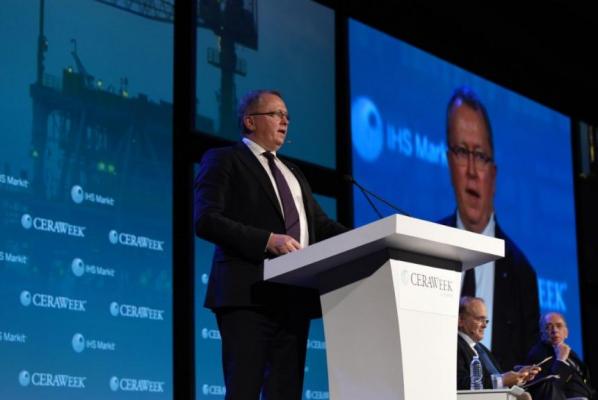
March 8 (UPI) — Energy players standing after last year’s downturn need to learn the lesson of the past to chart an efficient and low-carbon future, the head of Statoil said.
Crude oil prices started moving lower three years ago and eventually bottomed out early last year at around $30 per barrel, down about $70 per barrel from historic peaks. That forced energy companies to trim spending and, as a result, those that provided services to support exploration and production filed, or flirted with, bankruptcy. Though oil prices are holding steady at around $55 per barrel, rig company Seadrill this year said it could move into a restructuring phase.
Speaking at CERAWeek, an IHS-sponsored event and one of the industry’s largest conferences, Eldar Saetre, the head of Norwegian energy major Statoil, said it’s easy to take the short-view and forget what a new normal can change.
“Oil is a commodity, and it is cyclical,” he said in his prepared remarks.
In its latest report on earnings, Statoil said it completed nearly two dozen exploration wells last year and its adjusted exploration expenses for the fourth quarter were up 2 percent year-over-year to $607 million.
After taking a net operating loss of $1.9 billion, the company said it was focused on trimming costs by as much as $1 billion for 2017. Saetre said the break-even price for this company’s next 3 billion barrels of production was down from $70 to below $30 per barrel.
“It turns out, that we are capable, of both thinking — and acting — low cost,” he said.
Looking forward, the CEO said thinking about new ways to do business extends beyond costs to opportunities beyond oil and natural gas. Statoil said global oil demand is on pace to grow at 1.5 percent per year, but to reach the guidelines of the Paris climate agreement, that demand needs to reverse course. Saetre said his company was doing its part to make the oil and gas industry a bit more responsible.
“We think of ourselves as an energy company, with renewables as an integrated part of our business,” he said.





